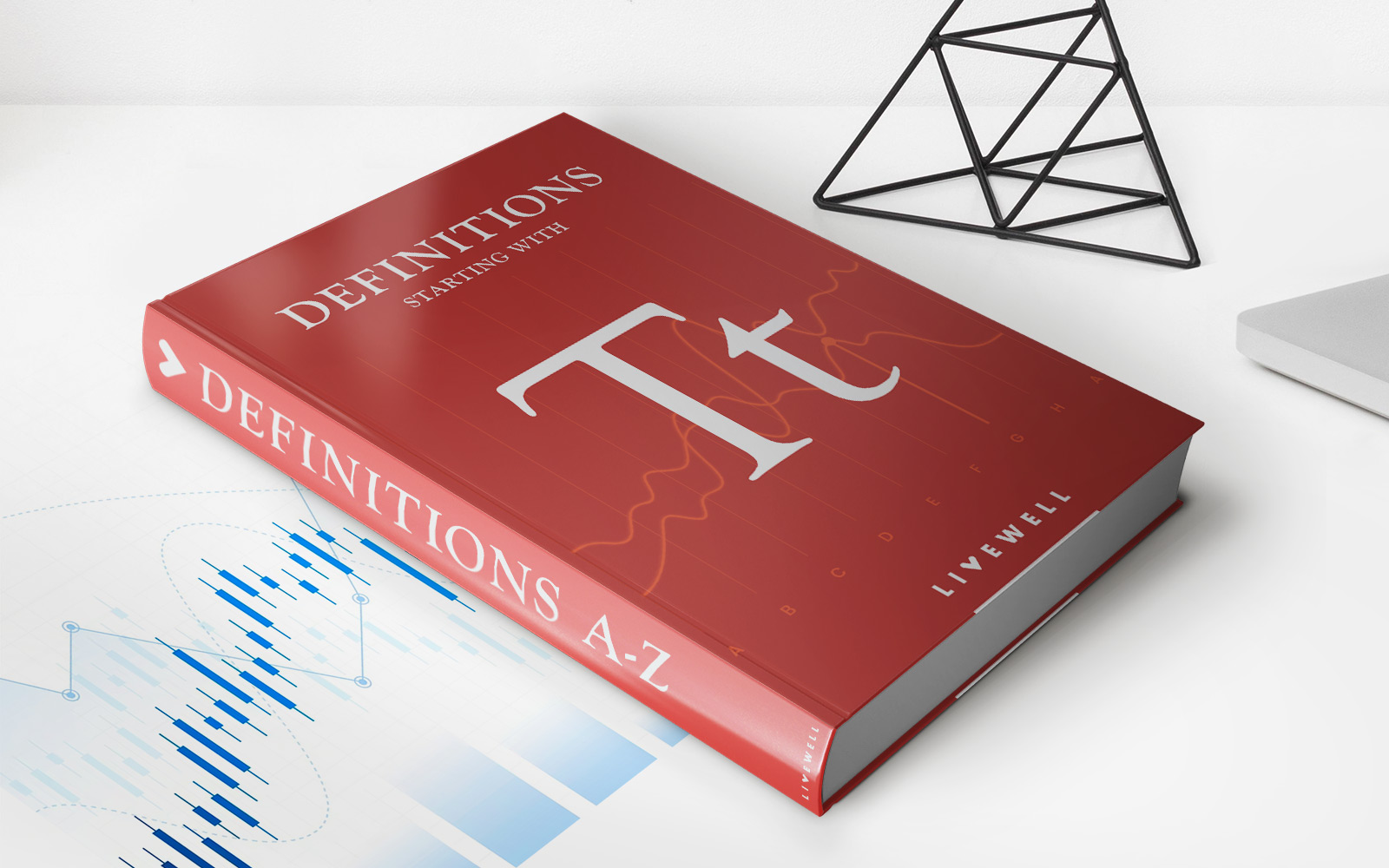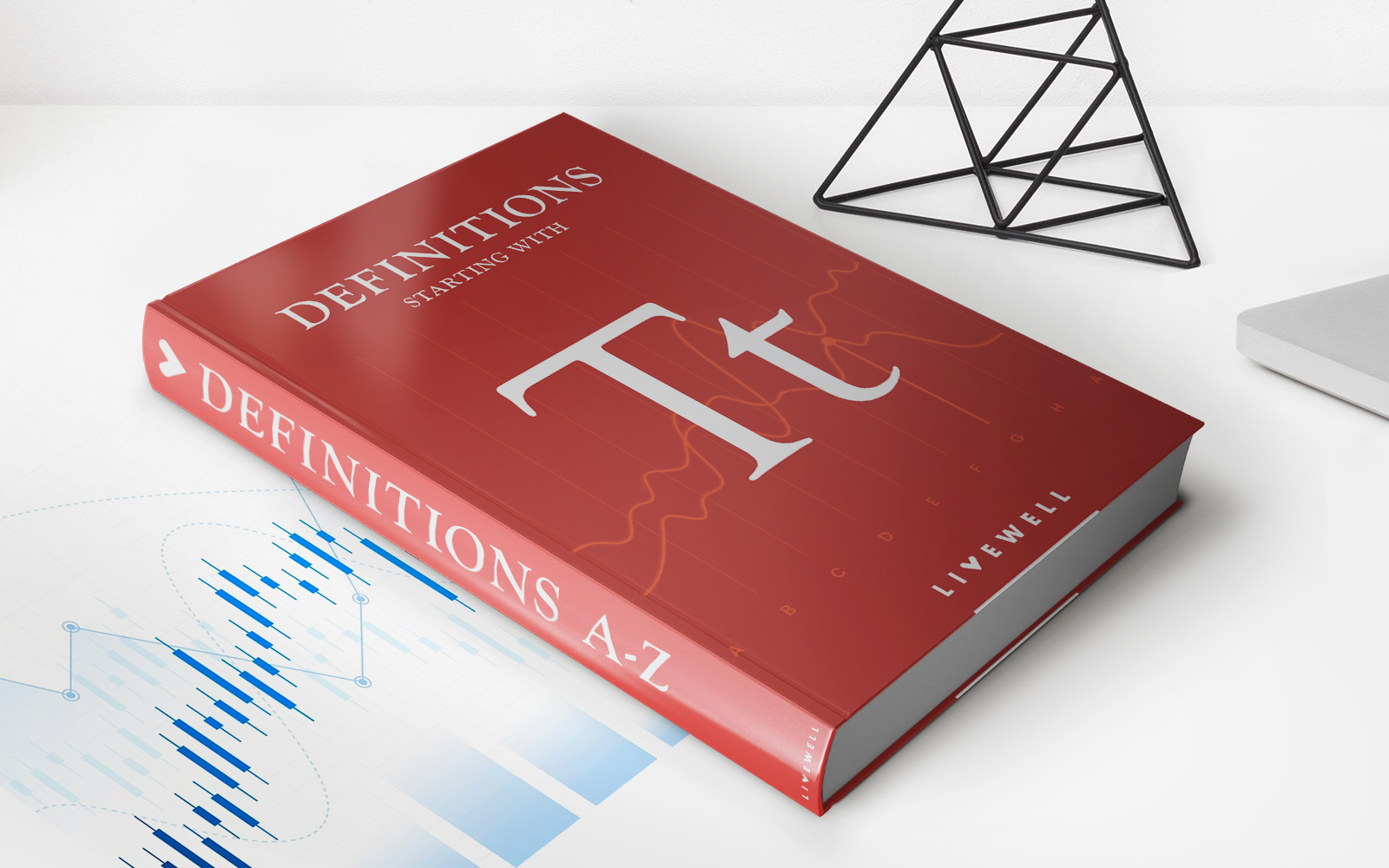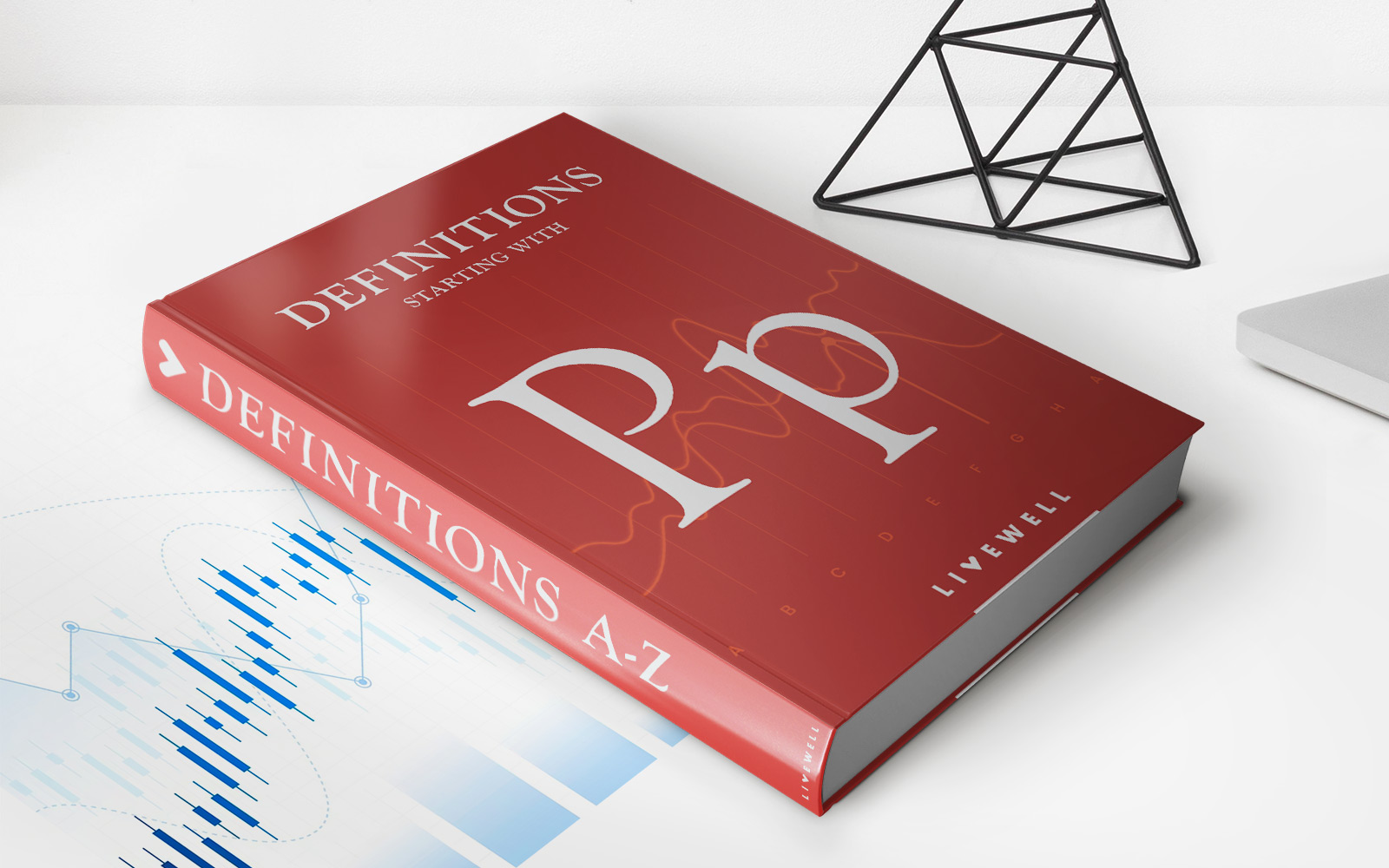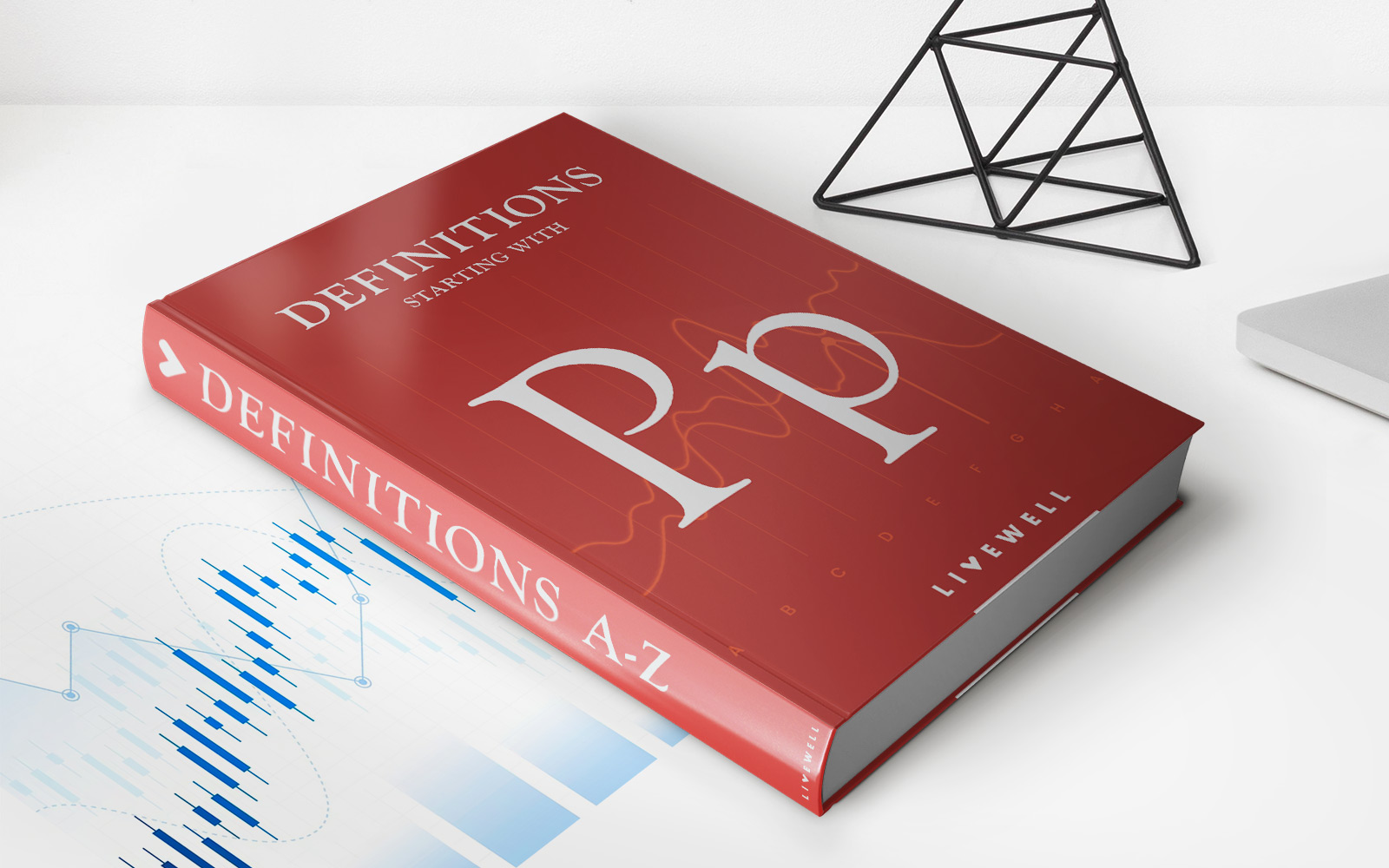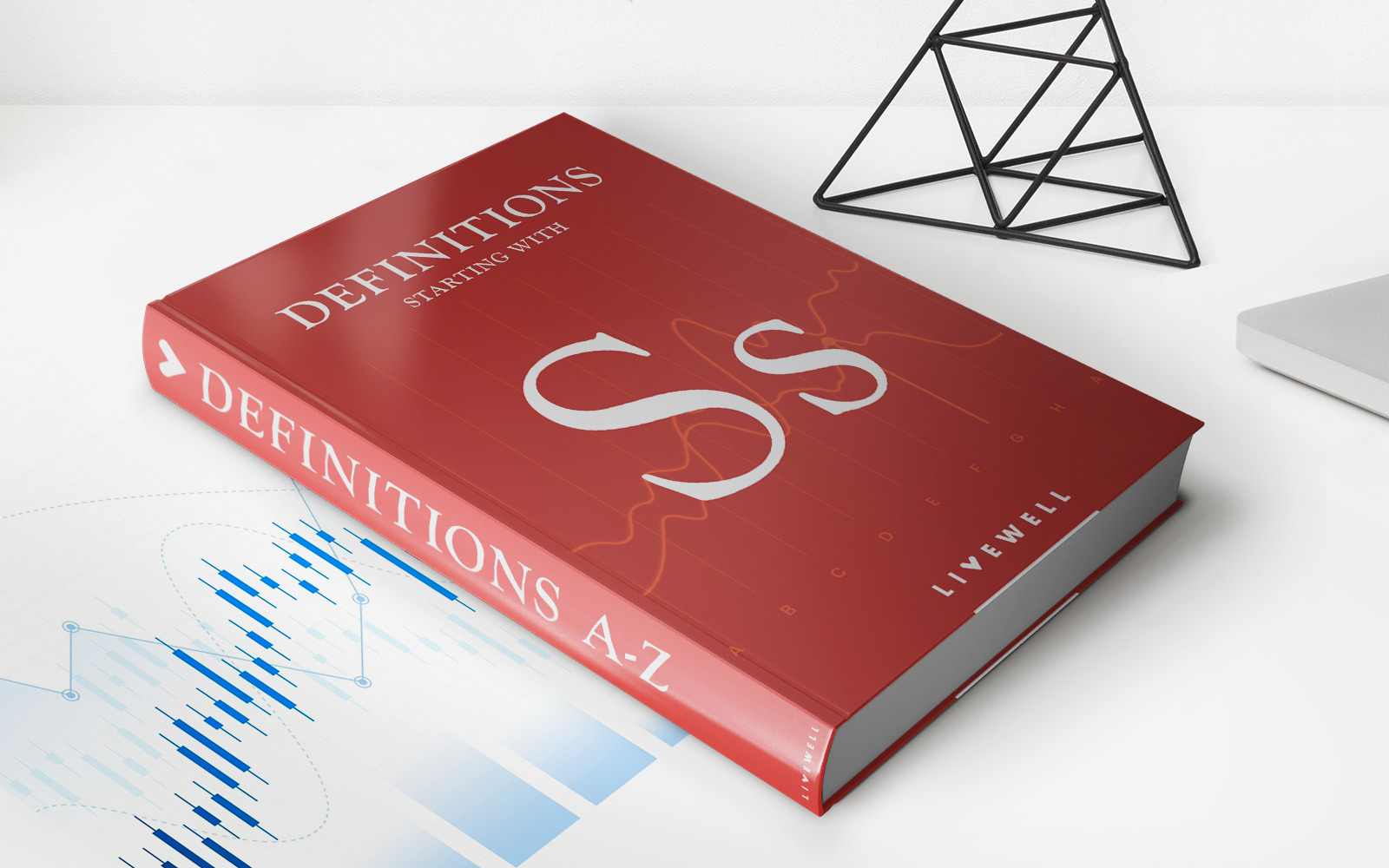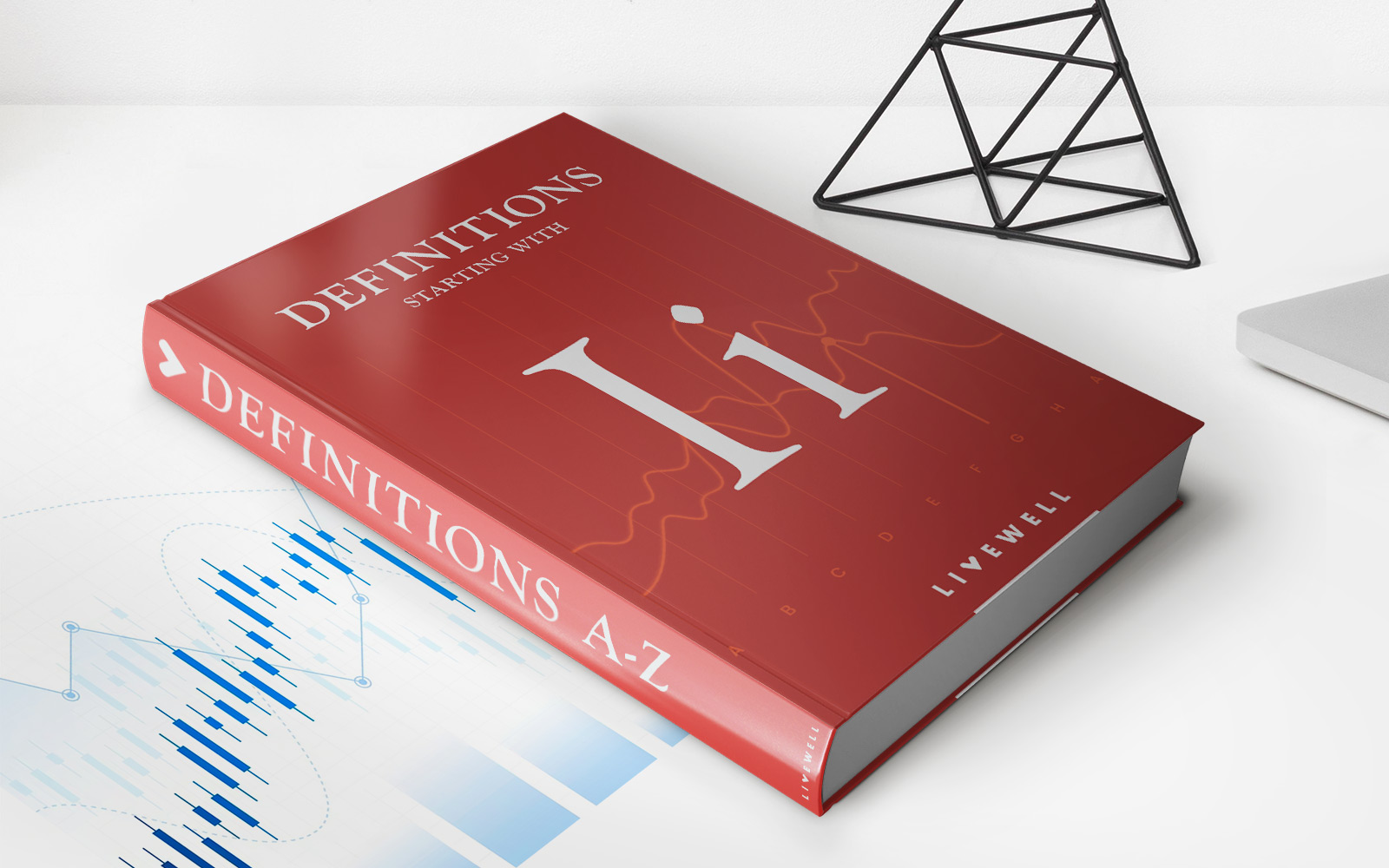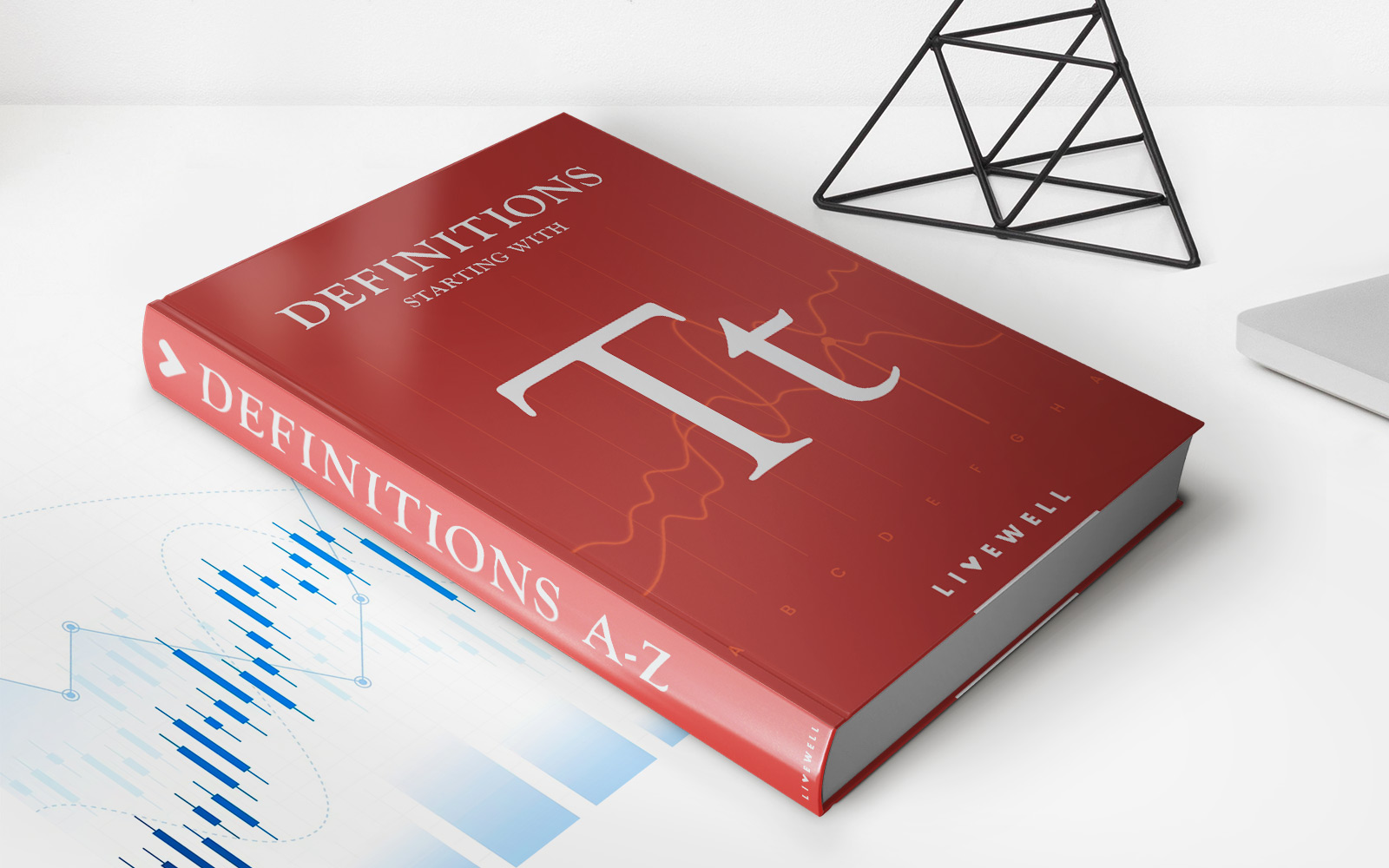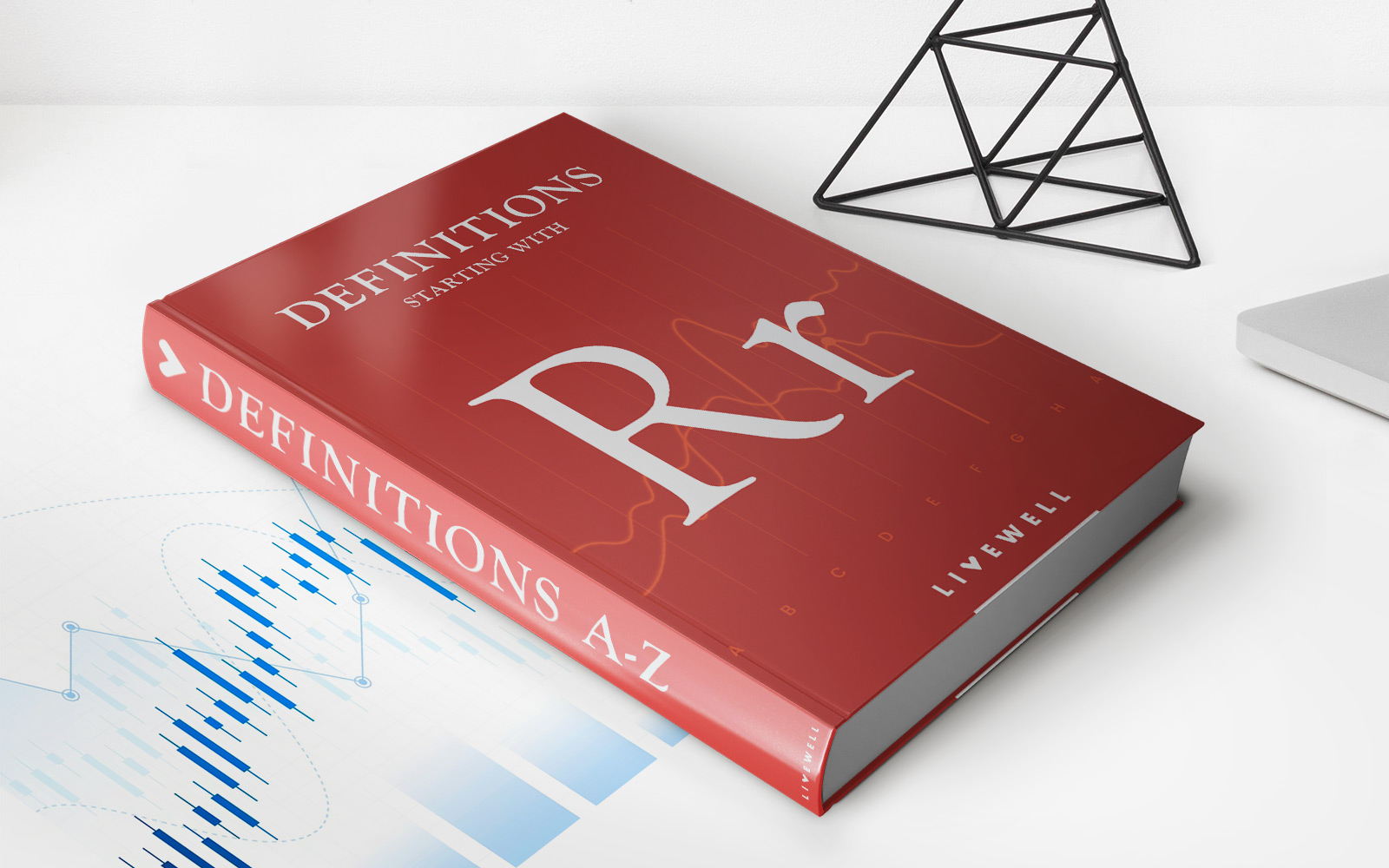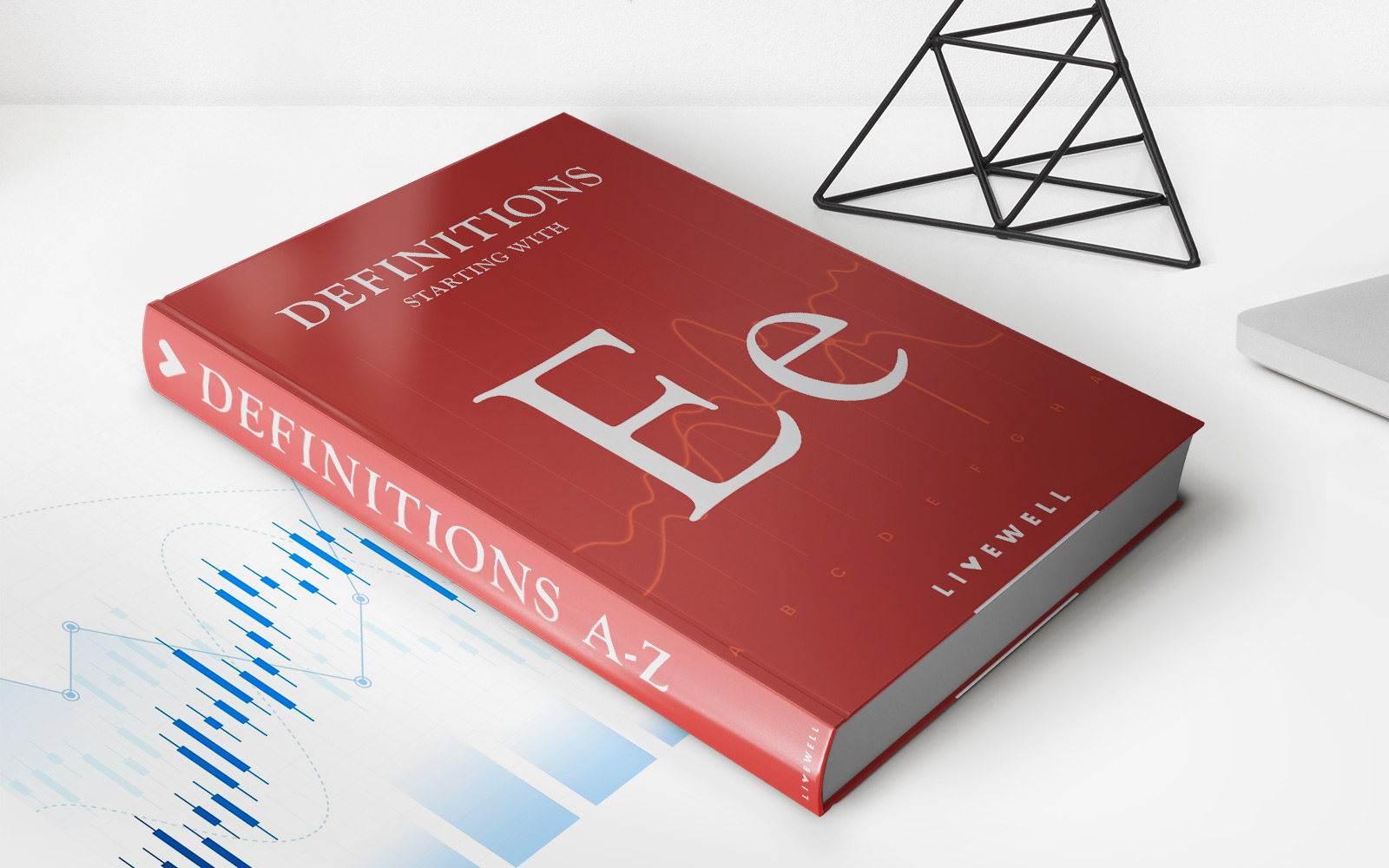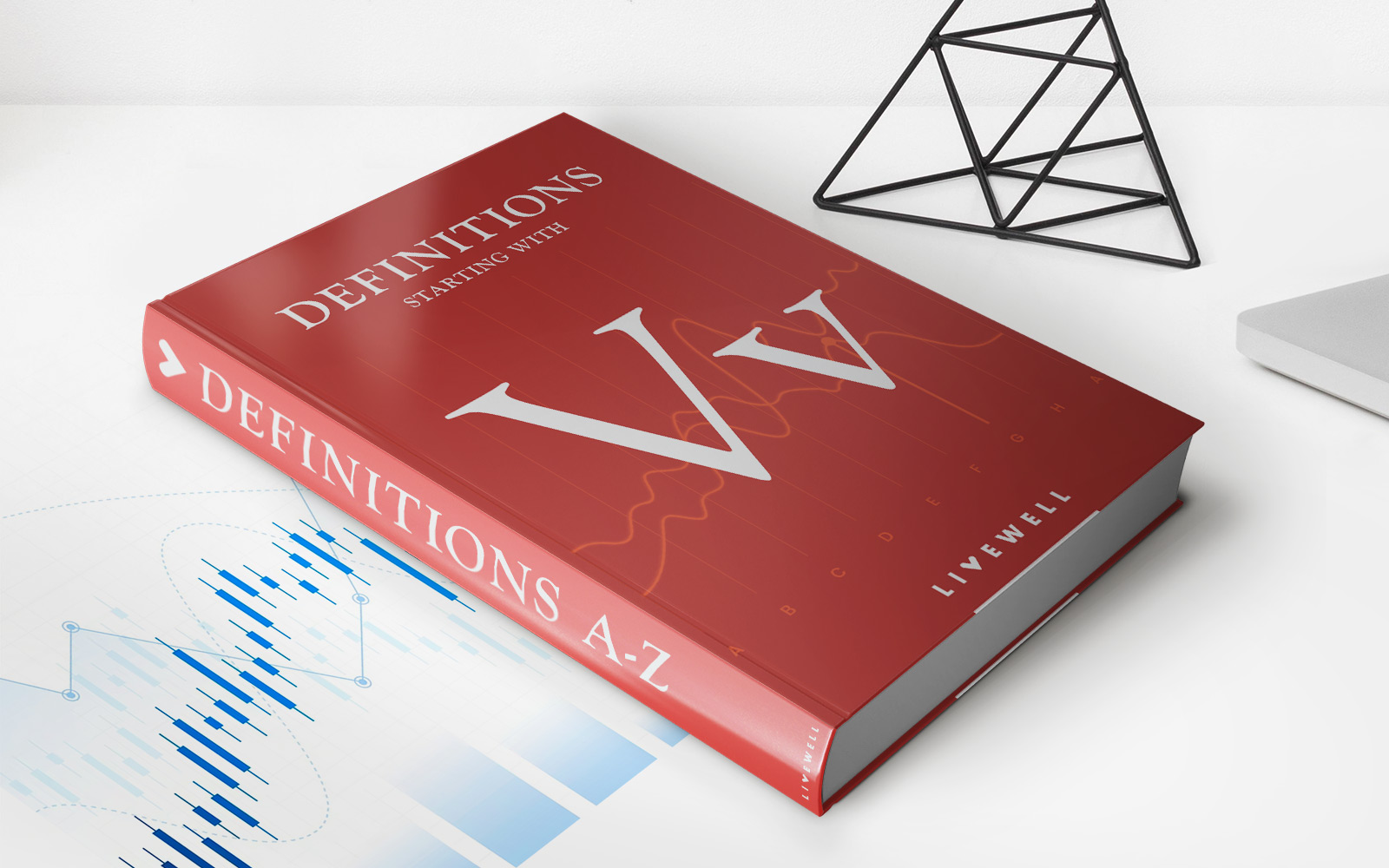Home>Finance>Disinflation: Definition, How It Works, Triggers, And Example
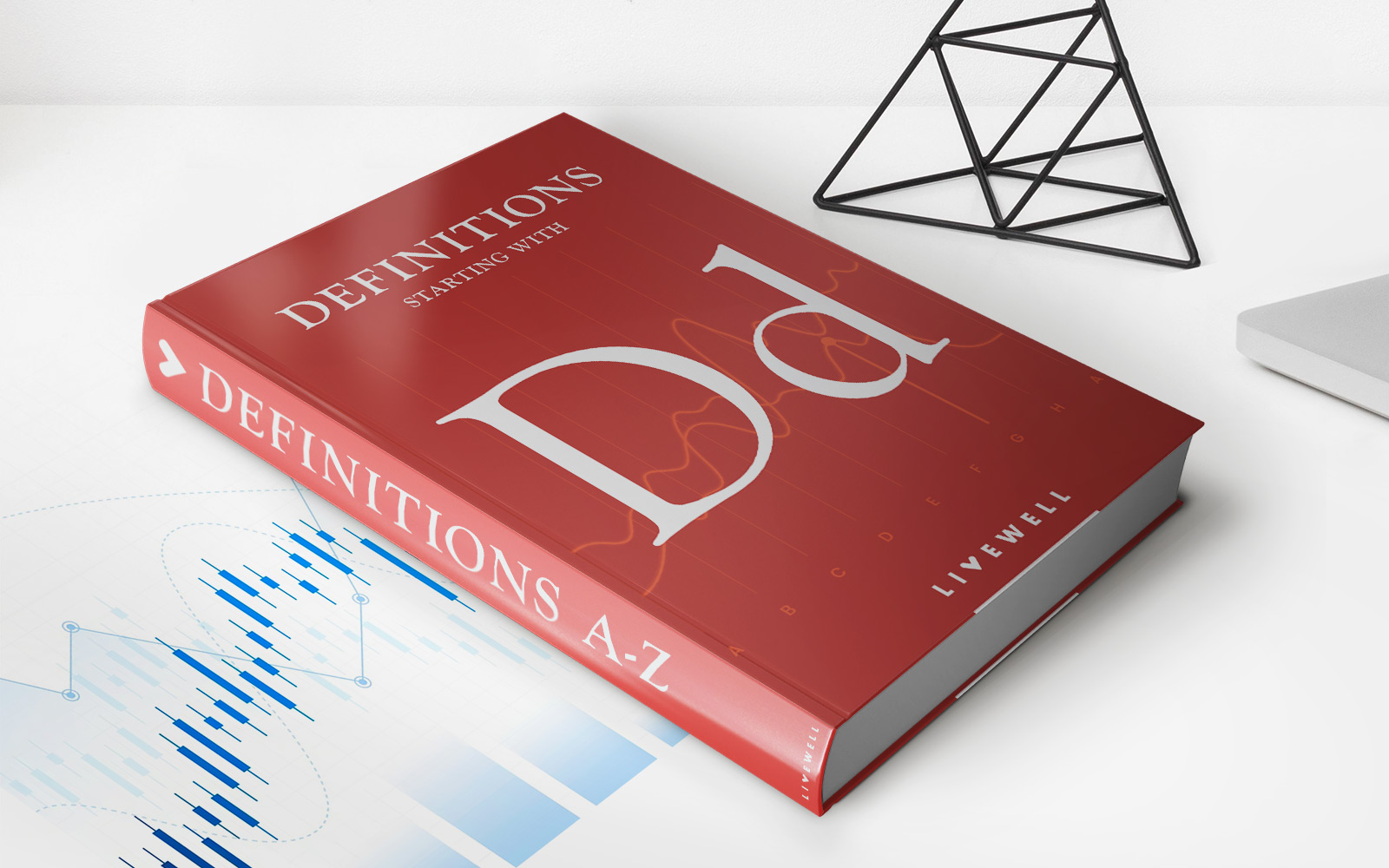

Finance
Disinflation: Definition, How It Works, Triggers, And Example
Published: November 12, 2023
Learn about disinflation in finance, including its definition, workings, triggers, and get an example. Understand how it impacts the economy.
(Many of the links in this article redirect to a specific reviewed product. Your purchase of these products through affiliate links helps to generate commission for LiveWell, at no extra cost. Learn more)
Disinflation: Definition, How It Works, Triggers, and Examples
Have you ever heard of the term “disinflation”? If you’re not familiar with it, you’re not alone. Disinflation is a concept often discussed in financial circles that refers to a decrease in the rate of inflation. In other words, it’s when the general level of prices in an economy continues to rise but at a slower rate than before. In this blog post, we will delve into the definition and mechanics of disinflation, explore the triggers that can cause it, and provide an example to illustrate how it works in practice.
Key Takeaways:
- Disinflation is a decrease in the rate of inflation, where prices continue to rise but at a slower pace.
- Triggers for disinflation can include tightening monetary policy, decreases in the cost of key commodities, and recessions or economic slowdowns.
The Mechanics Behind Disinflation
To understand how disinflation works, let’s break it down into its key components:
- Inflation: Inflation refers to the general increase in prices over time. It is typically measured using specific indicators such as the Consumer Price Index (CPI). During periods of inflation, the purchasing power of money decreases, as it can buy fewer goods and services.
- Disinflation: Disinflation occurs when the rate of inflation declines but remains positive. It means that prices are still rising, but at a slower rate than before.
Now that we understand the basics, let’s explore some of the triggers that can lead to disinflation.
Triggers for Disinflation
Several factors can contribute to the occurrence of disinflation:
- Tightening Monetary Policy: Central banks can implement measures, such as increasing interest rates or reducing money supply, to curb inflationary pressures. These actions are part of a tight monetary policy and can slow down the economy, leading to a decrease in the rate of inflation.
- Lower Commodity Prices: Some goods or services have a significant impact on overall inflation, such as oil or food. If the cost of these commodities decreases, it can contribute to a slowdown in inflation.
- Economic Slowdown or Recession: During periods of economic slowdowns or recessions, demand for goods and services tends to decrease. This reduced demand can lead to lower prices and subsequently result in disinflation.
An Example of Disinflation
Let’s illustrate disinflation with a hypothetical example:
Imagine a country experiencing high inflation, with prices increasing by an average of 5% per year. However, due to a balanced approach by the central bank, they decide to implement a tight monetary policy to curb rising prices. As a result, the rate of inflation decreases to 2% per year. This decrease represents disinflation since prices are still rising, but at a slower pace. Consumers would still see an increase in prices, but it would no longer be as significant as before.
Conclusion
Disinflation occurs when the rate of inflation decreases, resulting in a slower increase in prices. This phenomenon can be triggered by several factors, including tightening monetary policy, lower commodity prices, and economic slowdowns or recessions. Understanding the concept of disinflation and its mechanics can be valuable for investors, policymakers, and individuals aiming to make informed financial decisions.
